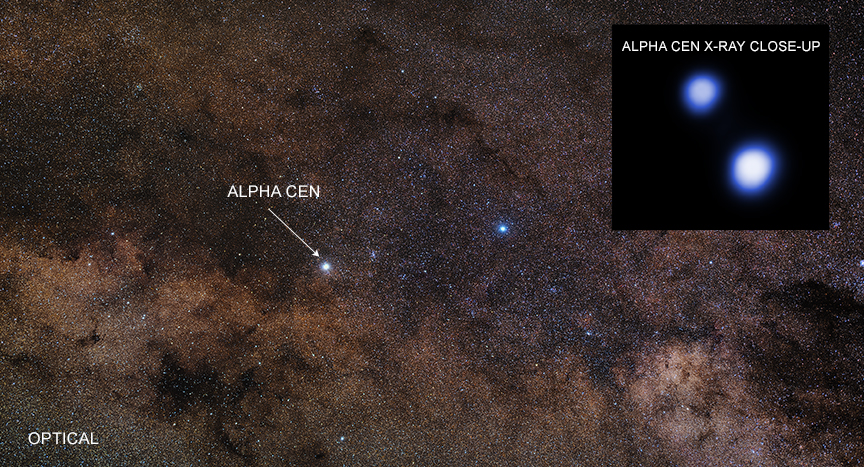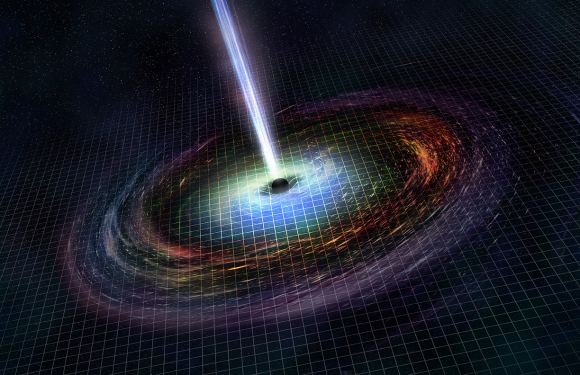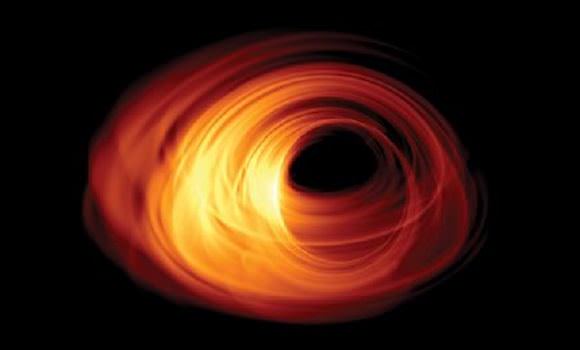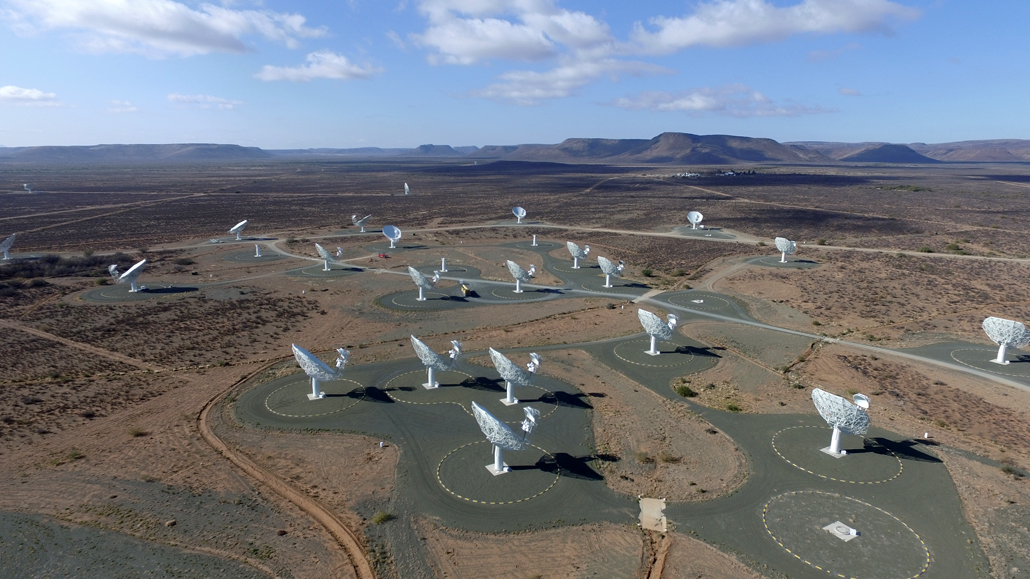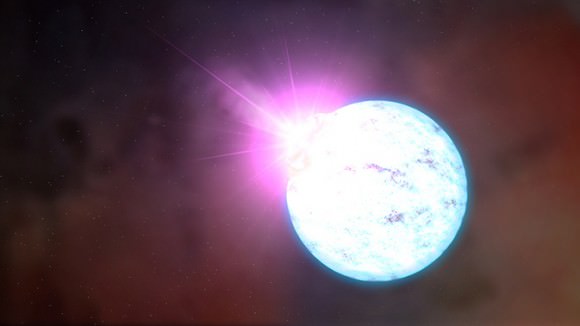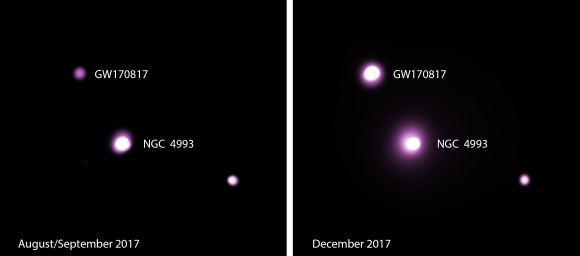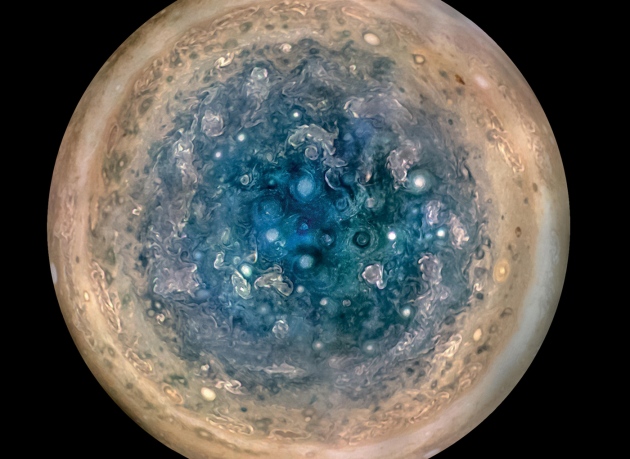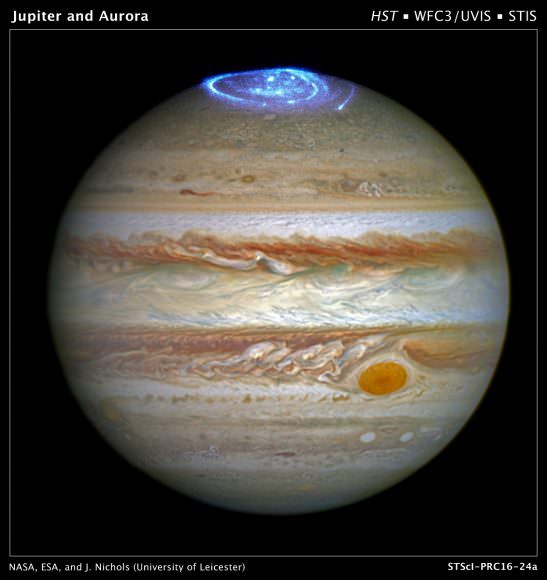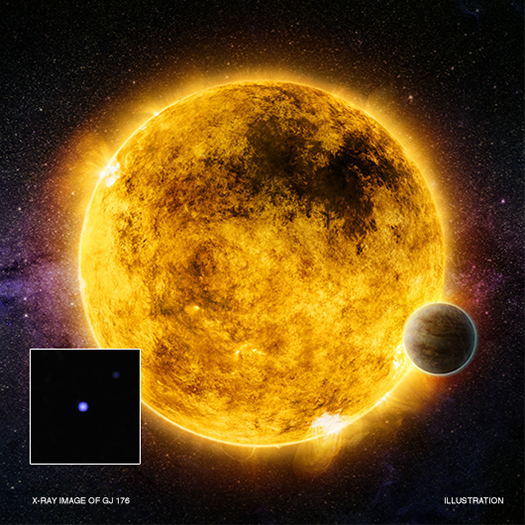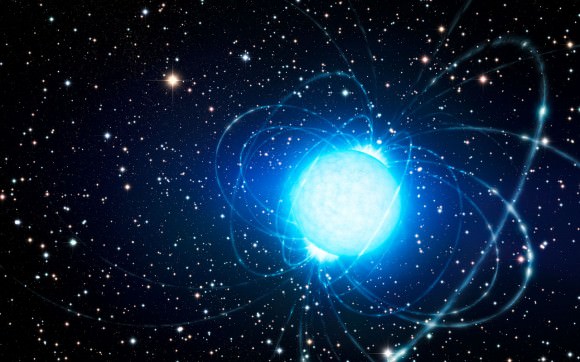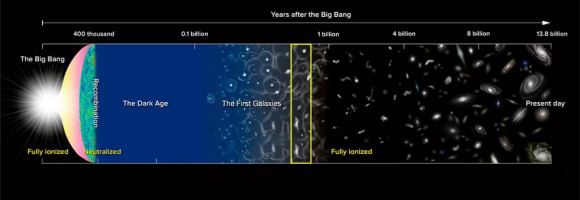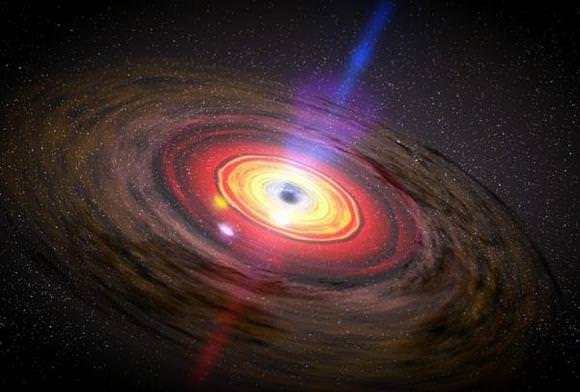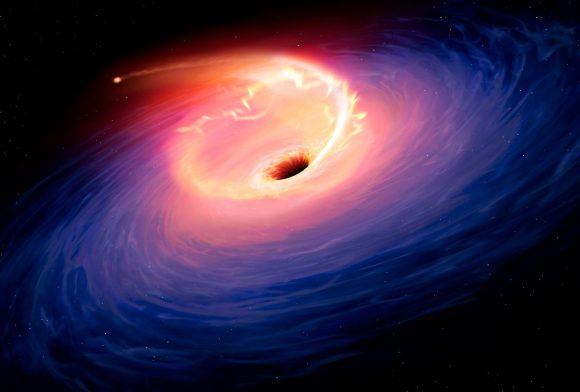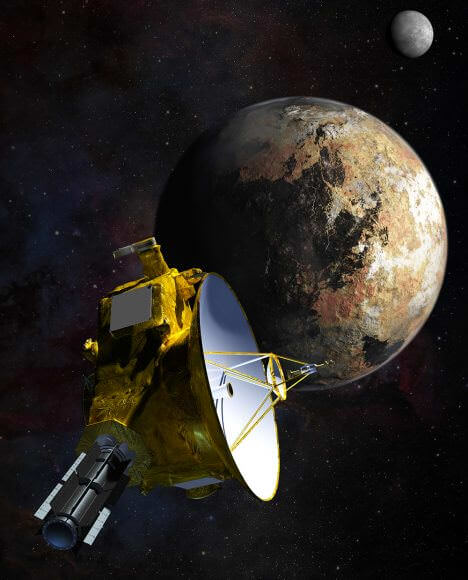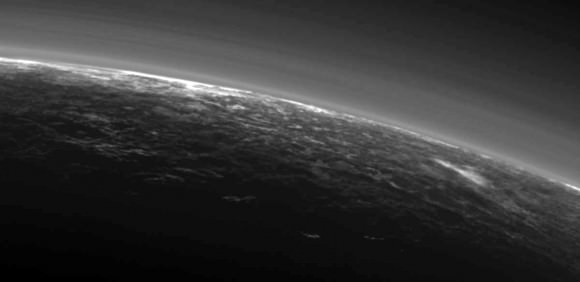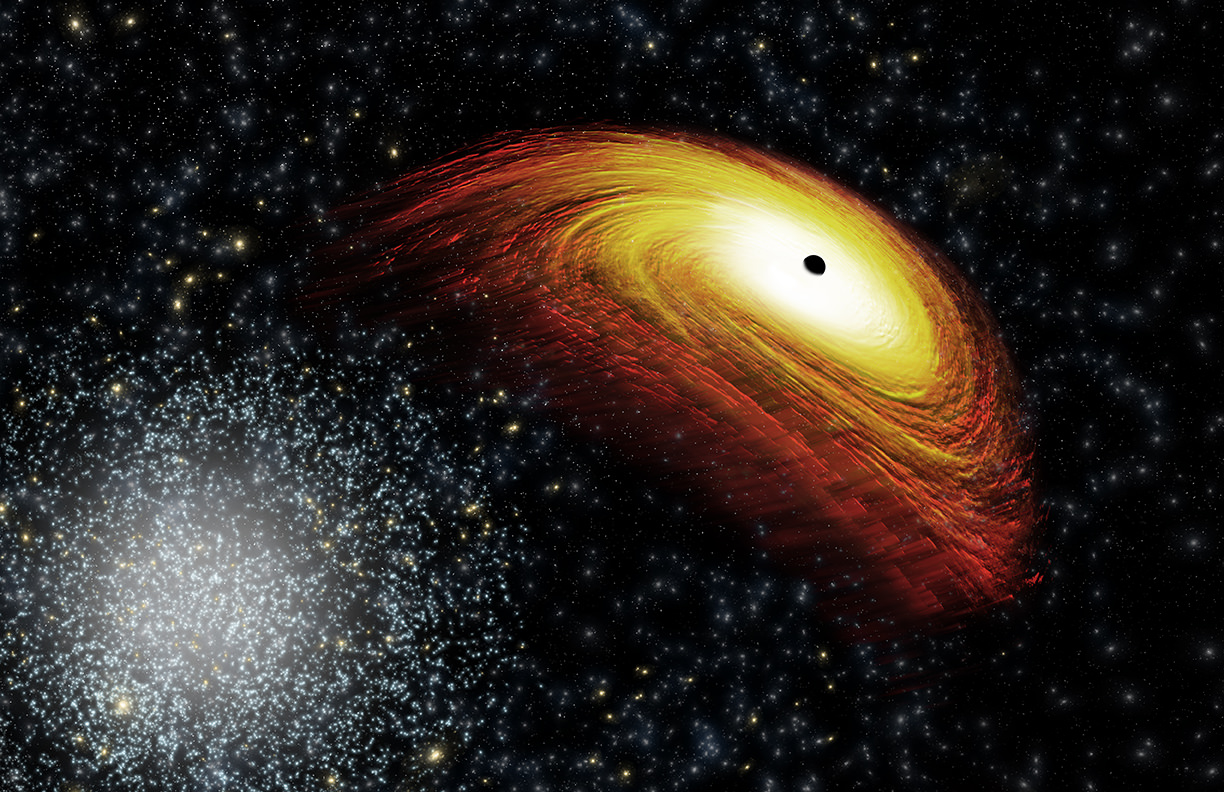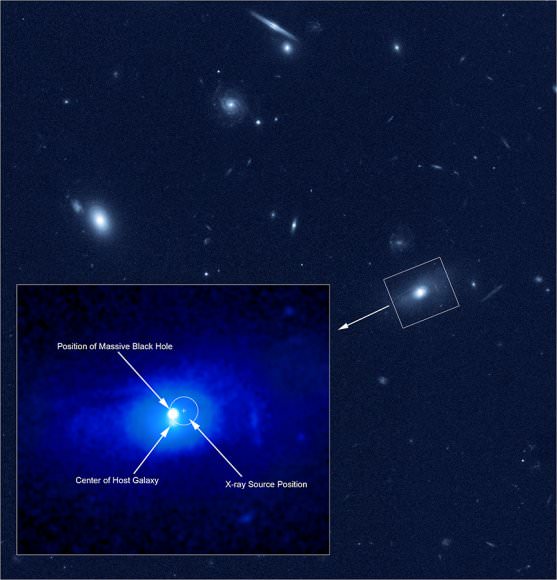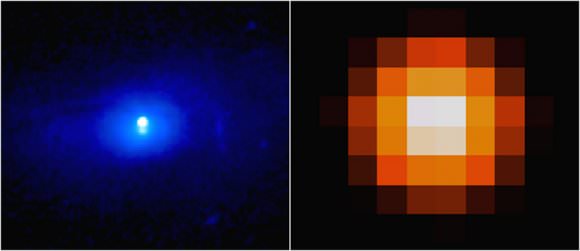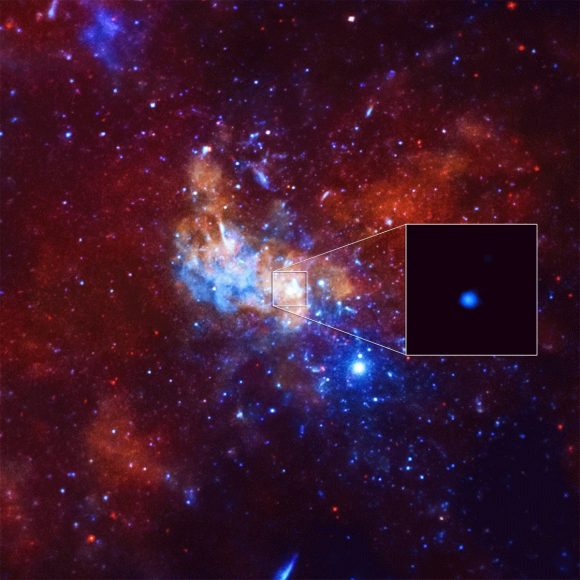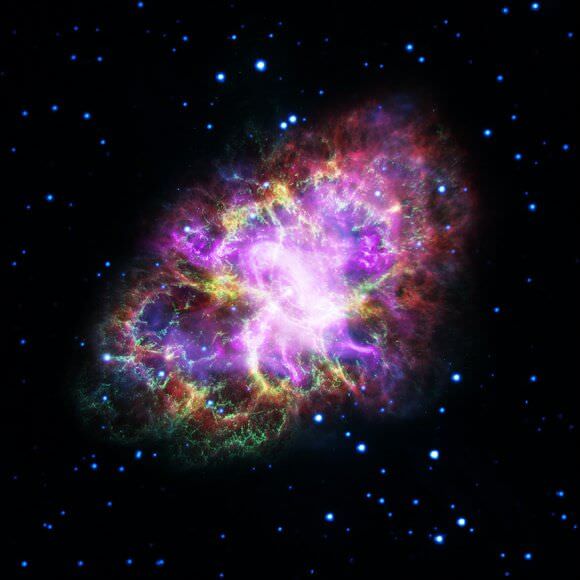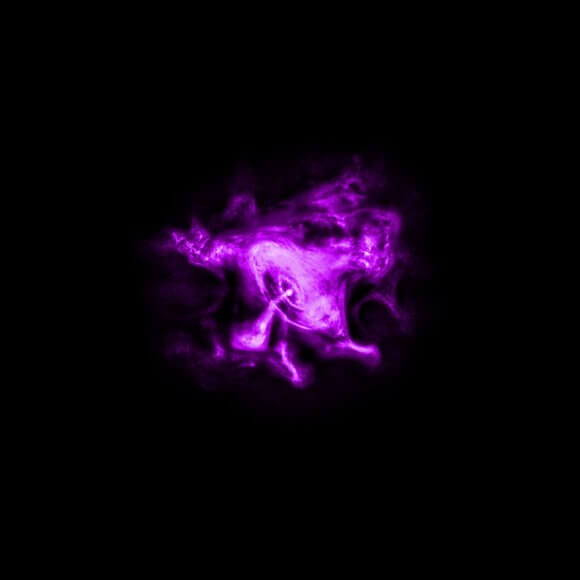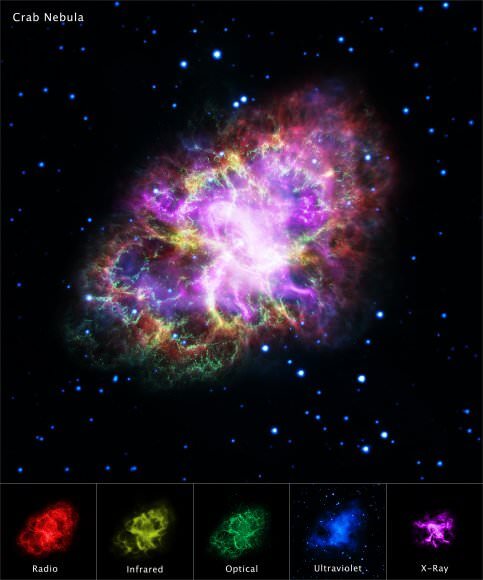At distance of just 4.367 light years, the triple star system of Alpha Centauri (Alpha Centauri A+B and Proxima Centauri) is the closest star system to our own. In 2016, researchers from the European Southern Observatory announced the discovery of Proxima b, a rocky planet located within the star’s habitable zone and the closest exoplanet to our Solar System. However, whether or not Alpha Centauri has any potentially habitable planets remains a mystery.
Between 2012 and 2015, three possible candidates were announced in this system, but follow-up studies cast doubt on their existence. Looking to resolve this mystery, Tom Ayres – a senior research associate and Fellow at the University of Colorado Boulder’s Center for Astrophysics and Space Astronomy – conducted a study of Alpha Centauri based on over a decade’s worth of observations, with encouraging results!
The results of this study were presented at the 232rd meeting of the American Astronomical Society, which took place in Denver, Colorado, from June 3rd to June 7th. The study was based on ten years worth of monitoring of Alpha Centauri, which was provided the Chandra X-ray Observatory. This data indicated that any planets that orbit Alpha Centauri A and B are not likely to be bombarded by large amounts of X-ray radiation.
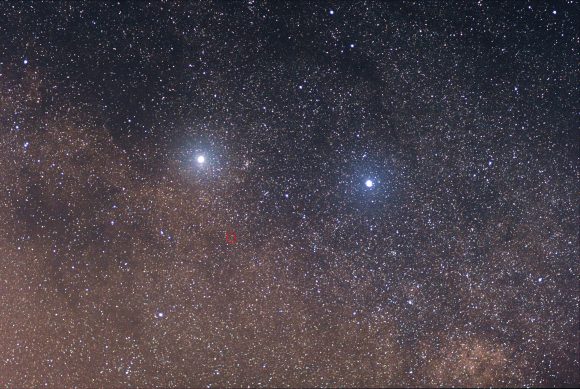
This is good news as far as Alpha Centauri’s potential habitability goes since X-rays and related Space Weather effects are harmful to unprotected life. Not only can high doses of radiation be lethal to living creatures, they can also strip away planetary atmospheres. According to data provided by the Mars Atmosphere and Volatile EvolutioN (MAVEN) orbiter, this is precisely what happened to Mars between 4.2 and 3.7 billion years ago.
As Tom Ayres explained in a recent Chandra press release:
“Because it is relatively close, the Alpha Centauri system is seen by many as the best candidate to explore for signs of life. The question is, will we find planets in an environment conducive to life as we know it?”
The stars in the Alpha Centauri system (A and B) are quite similar to our Sun and orbit relatively close to each other. Alpha Centauri A, a G2 V (yellow dwarf) star, is the most Sun-like of the two, being 1.1 times the mass and 1.519 times the luminosity of the Sun. Alpha Centauri B is somewhat smaller and cooler, at 0.907 times the Sun’s mass and 0.445 times its visual luminosity.
As such, the odds that the system could support an Earth-like planet are pretty good, especially around Alpha Centauri A. According to the Chandra data, the prospects for life (based on X-ray bombardment) are actually better for any planet orbiting Alpha Centauri A than for the Sun, and Alpha Centauri B is only slightly worse. This is certainly good news for those who are hoping that a potentially habitable exoplanet is found in close proximity to the Solar System.

When the existence of Proxima b was first announced, there was naturally much excitement. Not only did this planet orbit within it’s star’s habitable zone, but it was the closest known exoplanet to Earth. Subsequent studies, however, revealed that Proxima Centauri is variable and unstable by nature, which makes it unlikely that Proxima b could maintain an atmosphere or life on its surface. As Ayers explained:
“This is very good news for Alpha Cen AB in terms of the ability of possible life on any of their planets to survive radiation bouts from the stars. Chandra shows us that life should have a fighting chance on planets around either of these stars.”
Meanwhile, astronomers continue to search for exoplanets around Alpha Centauri A and B, but without success. The problem with this system is the orbit of the pair, which has drawn the two bright stars close together in the sky over the past decade. To help determine if Alpha Centauri was hospitable to life, astronomers began conducting a long-term observation campaign with Chandra in 2005.
As the only X-ray observatory capable of resolving Alpha Centauri A and B during its current close orbital approach, Chandra observed these two main stars every six months for the past thirteen years. These long-term measurements captured a full cycle of increases and decreases in X-ray activity, in much the same way that the Sun has an 11-year sunspot cycle.
What these observations showed was that any planet orbiting within the habitable zone of A would receive (on average) a lower dose of X-rays compared to similar planets around the Sun. For planets orbiting withing the habitable zone of B, the X-ray dose they received would be about five times higher. Meanwhile, planets orbiting within Proxima Centauri’s habitable zone would get an average of 500 times more X-rays, and 50,000 times more during a big flare.
In addition to providing encouraging hints about Alpha Centauri’s possible habitability, the X-ray observations provided by Chandra could also go a long way towards informing astronomers about our Sun’s X-ray activity. Understanding this is key to learning more about space weather and the threat they can pose to human infrastructure, as well as other technologically-advanced civilizations.
In the meantime, astronomers continue to search for exoplanets around Alpha Centauri A and B. Knowing that they have a good chance of supporting life will certainly make any future exploration of this system (like Project Starshot) all the more lucrative!
Some of the study’s results also appeared in the January issue in the Research Notes of the American Astronomical Society, titled “Alpha Centauri Beyond the Crossroads“. And be sure to enjoy this video about Alpha Centauri’s potential habitability, courtesy of the Chandra X-ray Observatory:
Further Reading: Chandra X-ray Observatory

